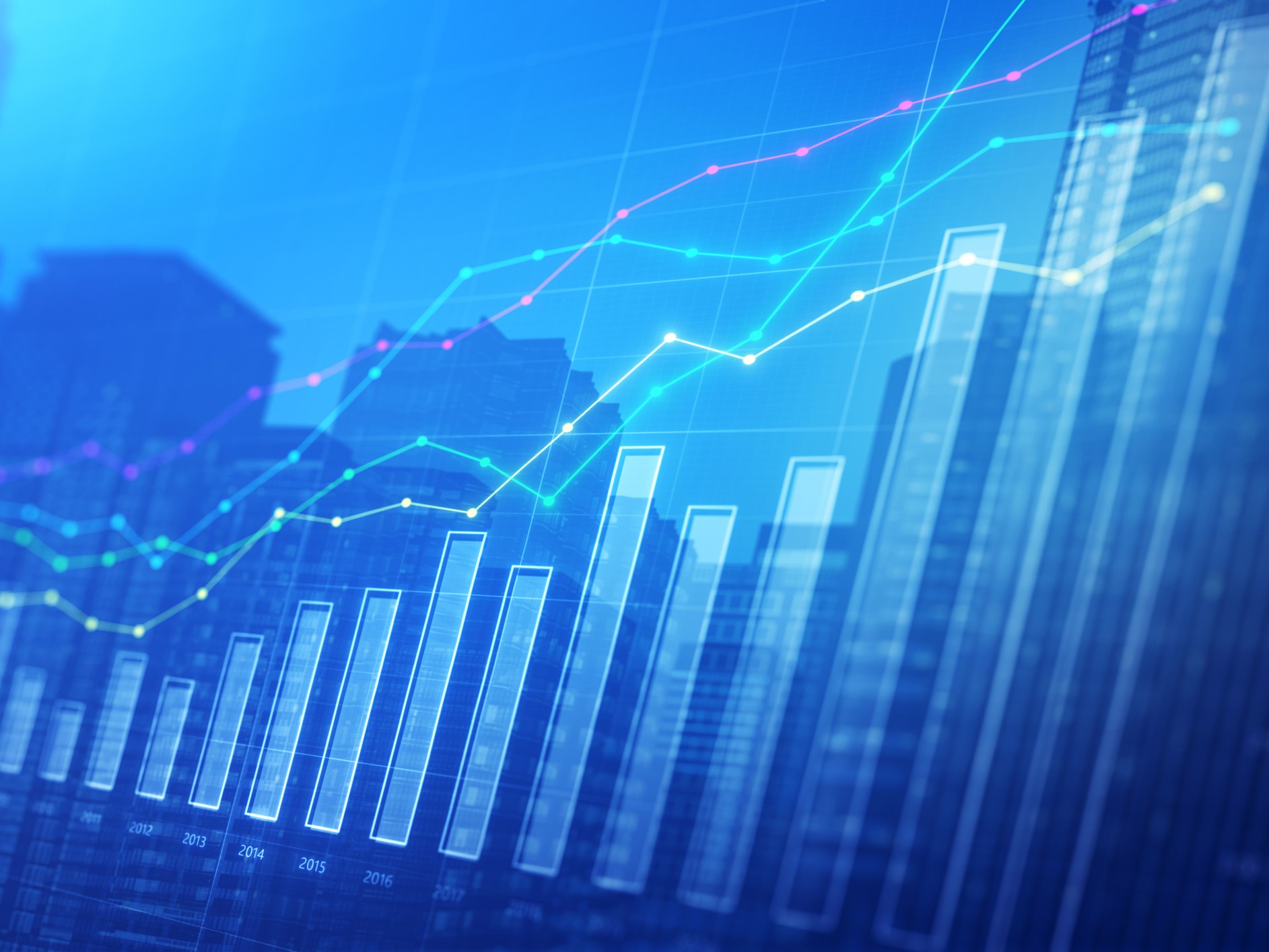Risk Insider: Joe Tocco
Expanded Canal Creates Greater Opportunities … and Risks
An international consortium of companies built a new third lane and set of locks at the Panama Canal that doubles its capacity.
Like other massive infrastructure projects, the expansion effort faced an assortment of challenges. Nonetheless, on June 26, the Chinese container ship Costco Shipping Panama became the first vessel to pass through the new third lane; its name was changed to respect the honor of being the first “New Panamax”-sized ship to transit the canal.
Building Bridges
Doubling the capacity of the Panama Canal should increase trade flows between Asia and the Americas, as well as between Latin America and North America.
For example, about 10 percent of the Asia-to-U.S. container traffic could shift from the West Coast to the East Coast by 2020. A larger Panama Canal also offers an attractive alternative for shipping bulk commodities from the U.S. heartland to Asia via the Mississippi River.
For starters, bigger ships mean more accumulation risk. It’s estimated that the additional cargo moving through the canal each day will be worth about $1.25 billion. And that figure doesn’t include the vessels queuing at both ends of the canal.
And as natural gas production has surged in the U.S., producers are looking to develop new markets in Asia; an expanded Panama Canal could help facilitate that.
For Latin America, the canal’s greater capacity could lead to increased deliveries of agricultural and other products to Asia. Similarly, we could soon see more shipments of perishable products like meat and fish, fresh produce and cut flowers from Latin America to North America.
A More Complex Risk Landscape
Doubling the canal’s capacity will also alter the risk landscape in Panama and elsewhere.
For starters, bigger ships mean more accumulation risk. It’s estimated that the additional cargo moving through the canal each day will be worth about $1.25 billion. And that figure doesn’t include the vessels queuing at both ends of the canal.
Operational risks at the canal are also potentially greater. In the original locks, electric locomotives on the lock walls pull the vessel along. In the new third lane, tugs positioned fore and aft will escort ships through the locks.
While canal pilots and tugboat captains have undergone extensive training, concerns have been expressed about the possibility of a tug losing control of the tow, resulting in damage to the lock as well as the ship. The maneuverability of the tugs selected for this task has also been questioned.
Given the Panama Canal’s prominent role in today’s supply chains, the impacts of an incident that takes the third lane offline would ripple quickly through the global economy, especially if the shutdown is protracted. Latin American companies shipping perishable products to North America, for example, could be especially affected by such an event.
Ports that have expanded, or are being expanded, to handle New Panamax (and larger) vessels also face greater accumulation and operational risks. And for ports on the East Coast of the U.S., the risks are amplified by the ongoing threat posed by hurricanes.
While it is too soon to determine how this expansion effort will reverberate throughout the Americas and across the globe, the canal should nonetheless continue to play a significant part in the ongoing march to a smaller world and a larger global economy.










